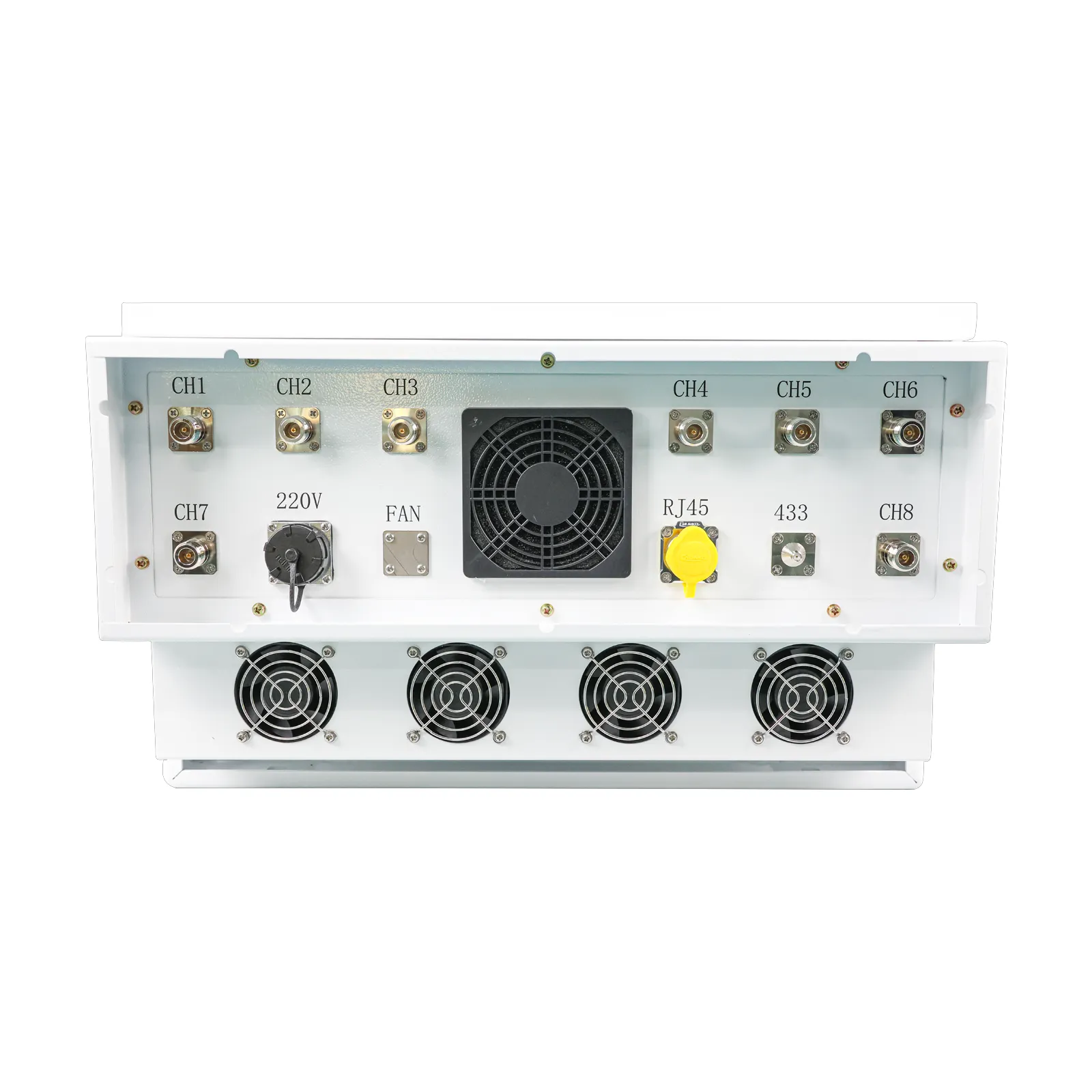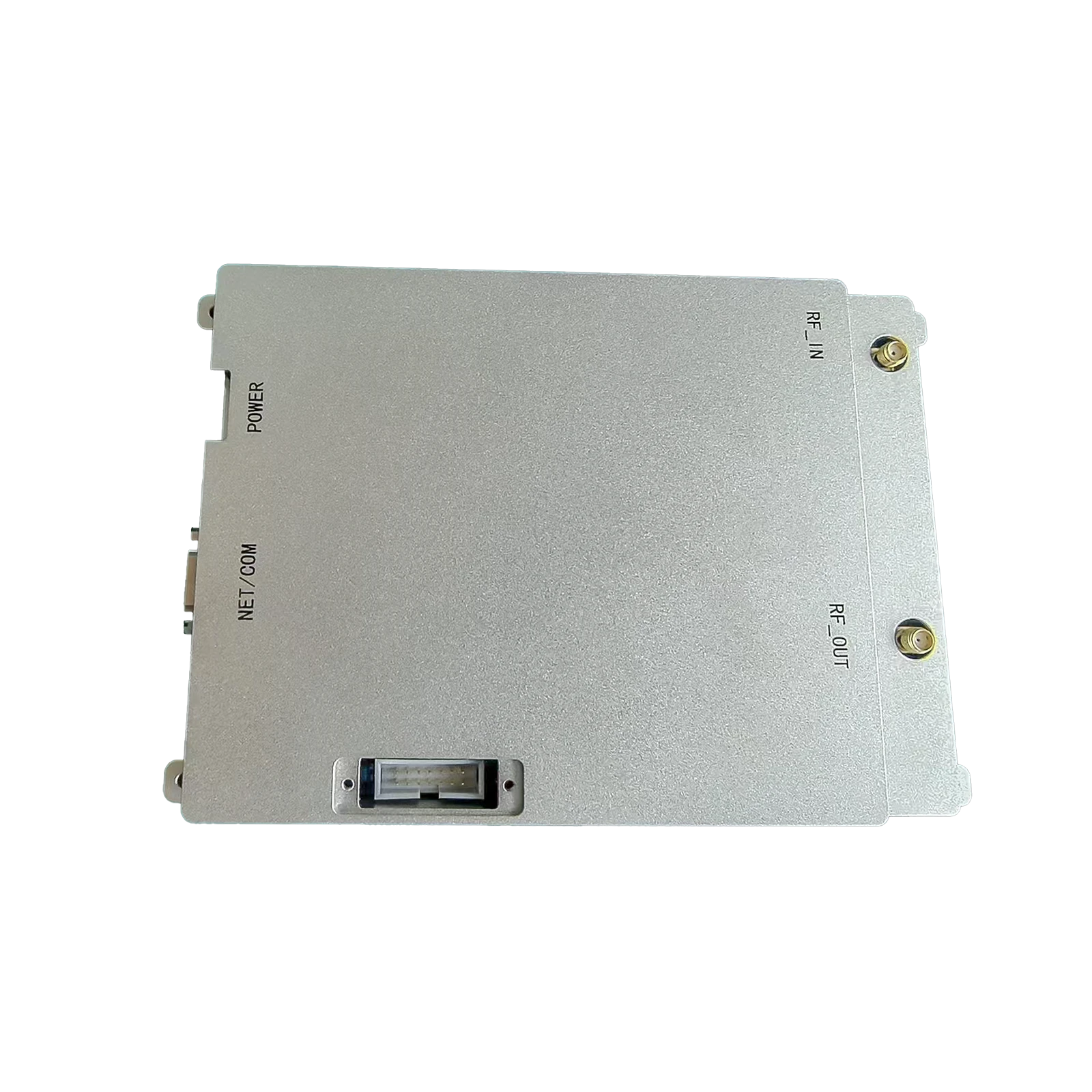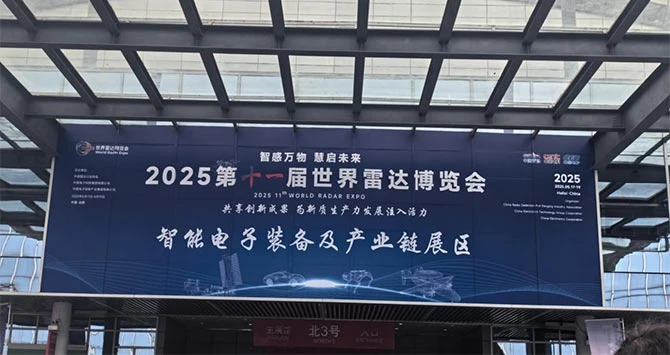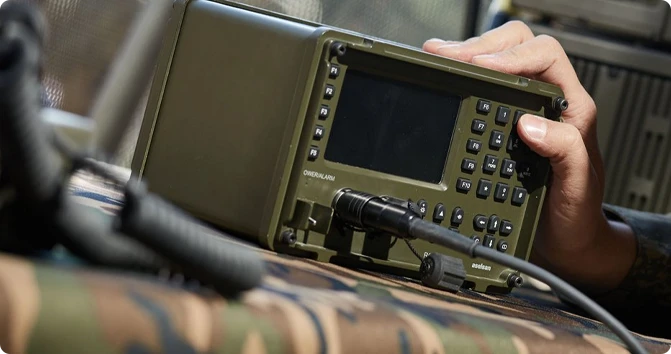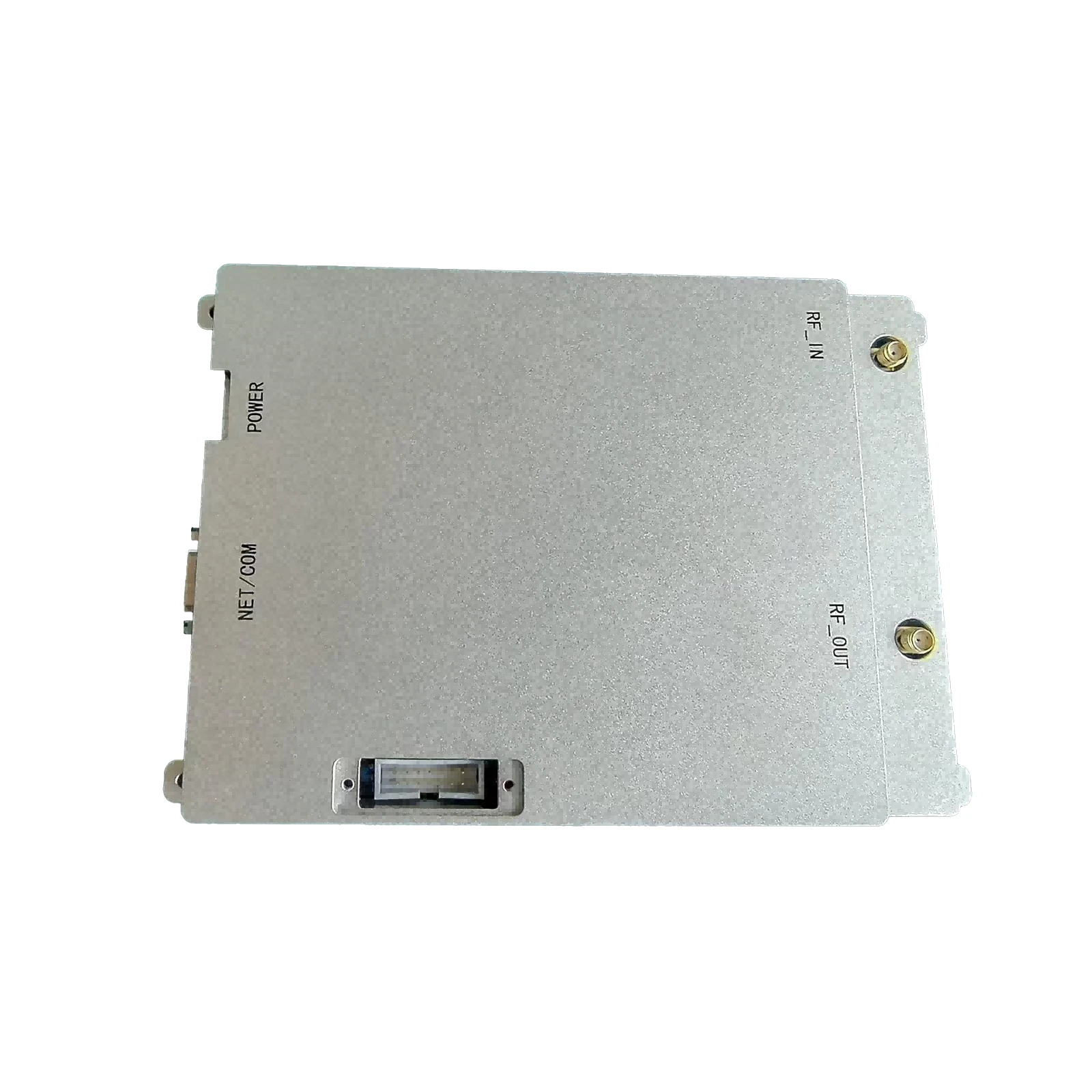Class B RF Amplifiers: Efficient Wireless Power Solutions
Understanding the Class B RF Amplifier: Why it Matters in Today’s Technology Landscape
If you’ve ever wondered about what powers your radio transmissions, wireless communications, or even satellite links, then the class b rf amplifier definitely deserves your attention. It might sound specialized or a bit technical at first, but its impact is quietly huge—touching global communications, emergency response, and industrial connectivity in ways few notice. The magic lies in how it balances output efficiency and signal integrity, making modern wireless systems more reliable and energy conscious.
Globally, with the expansion of IoT, 5G, and satellite technologies (supported by recent World Bank data predicting a 30% rise in wireless communication infrastructure spending in developing countries by 2027), efficient RF amplification has never been more crucial. A well-designed class B RF amplifier helps handle these surges, solving one of the persistent challenges: how to amplify signals strongly without wasting power or generating unnecessary heat.
Mini takeaway: The class B RF amplifier plays a fundamental role in making wireless technologies more accessible and efficient - a global enabler of communications.
What Exactly Is a Class B RF Amplifier?
In simple terms, a class b rf amplifier is an electronic device designed to amplify radio frequency signals by conducting current only during half the input signal's cycle. Unlike its close cousins – class A or class AB amplifiers – it is known for higher efficiency but introduces certain distortion trade-offs. Engineers often appreciate this compromise because, in RF transmission, power conservation and heat management can be as important as crystal-clear signal fidelity.
This type of amplifier finds critical use in telecommunications, satellite uplinks, and radar systems — sectors essential to both modern industry and humanitarian applications, such as disaster response communications where reliable signal transmission literally saves lives.
Core Components and Key Features of Class B RF Amplifiers
Efficiency
Class B amplifiers typically achieve efficiency around 70%. This is crucial in applications where power availability is limited, like remote sensors or mobile base stations.
Linearity vs. Distortion
Since they operate only half the time, class B amplifiers inherently produce crossover distortion. Designers often implement specific biasing or push-pull configurations to minimize this, balancing sound quality and power use.
Thermal Management
Less power loss means less heat generated, simplifying cooling requirements. This reduces size and weight, an important consideration for aerospace or satellite equipment.
Cost and Complexity
Compared to class A designs, class B amplifiers use less power and fewer materials, keeping manufacturing costs relatively low – a factor that broadens their industrial adoption.
Scalability
They can be scaled for applications ranging from small IoT devices to large transmitter stations, showing remarkable versatility.
| Specification | Typical Range | Notes |
|---|---|---|
| Operating Frequency | 1 MHz - 3 GHz | Widely used across HF, VHF, and UHF bands |
| Power Output | 10 mW - 150 W | Depends on power supply & application |
| Efficiency | ~70% | Higher than class A but lower linearity |
| Distortion | Moderate (Crossover Distortion) | Mitigated by push-pull designs |
| Thermal Requirements | Reduced compared to class A | Improves device lifespan |
Mini takeaway: The design trade-offs in class B RF amplifiers make them a practical fit for most wireless applications, where efficiency and size trump ultra-pure linearity.
Real-World Applications Across the Globe
The class B RF amplifier is no mere lab curiosity. Its versatility shines in multiple industries:
- Telecommunications: Powering base stations and repeaters, especially in rapidly developing regions across Africa and Southeast Asia, where energy infrastructure is limited.
- Disaster Relief: In post-disaster scenarios where timing is critical, such amplifiers are embedded in portable radios and communication kits to ensure continuous connection.
- Satellite Systems: Many satellites use class B amplifier stages on their transponders for optimized power usage.
- Military Communications: Rugged systems deployed in remote zones depend on these amplifiers’ balance of power and efficiency.
Interestingly, many NGOs rely on relatively simple, robust class B amplifiers in their field radios, where power supplies are scarce but effective communication is vital. I recall reading about a community radio project in the Amazon where these amplifiers doubled operational time using solar power units.
Why Choose a Class B RF Amplifier? The Tangible Benefits
It’s not just about specs. The real value emerges when considering sustainability, cost, and trust:
- Cost-Efficient: Less power drawn means lower operational costs, which matters in large network deployments and isolated or battery-reliant systems.
- Environmental Impact: Less heat wasted means cooler devices; this translates into smaller cooling systems and lower energy consumption — a small but meaningful step towards greener electronics.
- Reliability & Durability: Reduced thermal stress helps prolong device life, translating into stable communications in harsher environments.
- Social Impact: Reliable connectivity fosters education, healthcare delivery, and emergency response; socially, these amplifiers support dignity and safety.
Looking Forward: Innovations and Emerging Trends
The future of class B RF amplifiers is exciting. Engineers now integrate digital predistortion and smarter biasing schemes to reduce distortion while maintaining efficiency. Additionally, advanced semiconductor materials like Gallium Nitride (GaN) promise even higher power densities and thermal resilience.
Another emerging theme is sustainability. Fitting these amplifiers with eco-friendly materials or powering them with renewable energy sources (solar, wind) fits the global push for climate-friendly tech. Automation and AI-assisted tuning will likely refine performance dynamically in the field, adapting to signal quality and power needs real-time.
Challenges and How Engineers Overcome Them
Of course, class B RF amplifiers are not a panacea. The hallmark issue is crossover distortion — which can degrade signal quality. To address this, push-pull configurations are widely used, effectively canceling out this distortion by combining signals from two amplifiers operating in opposite phases.
Thermal hotspots remain a design challenge, especially at very high power levels, but improved heat sinks and substrate materials are helping reduce failures. The balance between linearity and efficiency is still a juggling act, with some applications opting for hybrid class AB or other amplifier classes to fine-tune performance.
FAQs About Class B RF Amplifiers
Q1: How does a class B RF amplifier differ from class A?
A class A amplifier conducts for the full signal cycle, offering excellent linearity but low efficiency (~30%). Class B conducts half the cycle, improving efficiency (~70%) at the cost of some crossover distortion.
Q2: Can a class B RF amplifier be used in sensitive medical equipment?
Possibly, but because of distortion, class AB or A designs are often preferred in highly sensitive applications where signal purity matters most.
Q3: Are class B RF amplifiers suitable for battery-operated devices?
Yes, their higher efficiency makes them ideal for conserving battery life in portable communications gear.
Q4: How do environmental factors affect the performance of class B amplifiers?
High temperatures can reduce efficiency and increase distortion; good thermal design and durable components ensure consistent operation in harsh climates.
Q5: Where can I find quality class B RF amplifiers for industrial use?
Many vendors specialize in RF components. Here’s a vendor comparison to help guide your selection:
| Vendor | Power Range | Typical Applications | Lead Time |
|---|---|---|---|
| AmplifyTech | 1 W – 50 W | IoT devices, portable radios | 2 weeks |
| RF Solutions Inc. | 10 W – 150 W | Telecom base stations, satellite comms | 4 weeks |
| PowerAmp Co. | 100 mW – 20 W | Military radios, emergency kits | 1 week |
For specialized needs or quick shipments, it’s always best to contact vendors directly. Also, integrating products with your system’s requirements beforehand saves headaches down the line — as many engineers say, “plan for the environment you’re deploying in.”
Conclusion: The Long-Term Value of Class B RF Amplifiers
Despite its technical quirks, the class B RF amplifier remains a cornerstone of modern wireless communication. It strikes a practical balance between efficiency, cost, and performance, enabling better connectivity around the world — from remote villages to urban hubs.
Innovation continues to advance this technology, promising more efficient and smarter amplifiers tuned to our increasingly connected future. If you’re involved in wireless system design or deployment, understanding these devices can offer tangible benefits — both technical and economic.
Curious to learn more or explore high-quality class B rf amplifiers? Visit our website for resources, products, and expert insights.
Mini takeaway: Embracing efficient amplifier technology today sets the groundwork for sustainable, reliable communication tomorrow.
References:
-
09 March 2021 24 Nov 2025
-
09 March 2021 24 Nov 2025
-
09 March 2021 24 Nov 2025
-
09 March 2021 23 Nov 2025
-
09 March 2021 23 Nov 2025
-
09 March 2021 21 May 2025
-
09 March 2021 25 Dec 2024
-
09 March 2021 14 Oct 2022
-
09 March 2021 25 Dec 2024




